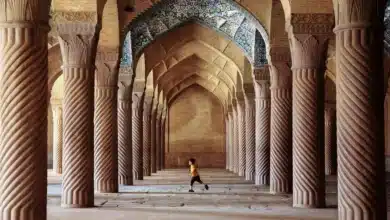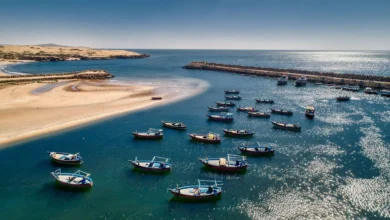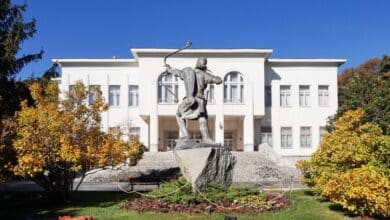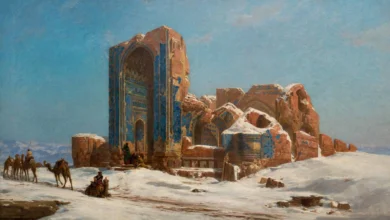Top 10 Places to Visit in Shiraz
Embark on an Unforgettable Journey Through Shiraz

Shiraz has many historical sites, cultural offerings, and natural beauty. You can enjoy eating faloodeh Shirazi, taking walks and shopping for gifts. There are many wonderful places to visit in Shiraz; learning about the top places before your trip is good. This will help you make a good plan about which places to see.
Here are 10 of the best places everyone should try to visit in Shiraz:
Contents
Top 10 Shiraz Attractions
1. Persepolis
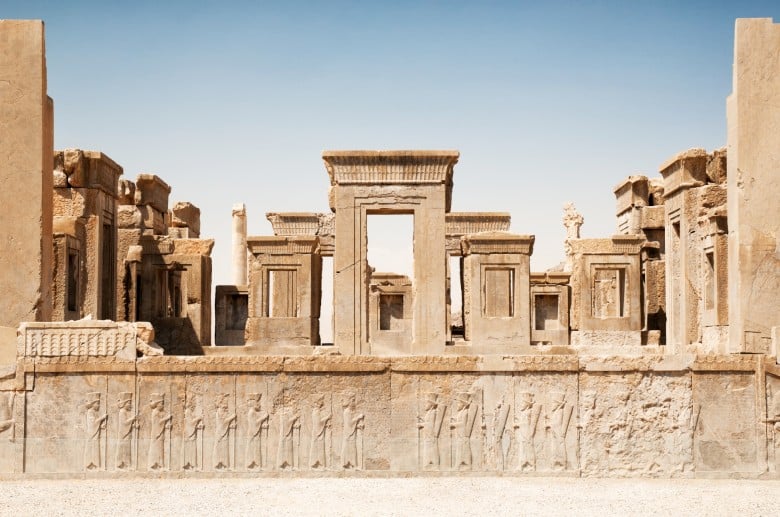
Persepolis is seen as a symbol of old Persian culture. It’s a famous site near Shiraz in Fars province. Long ago powerful Persian kings had huge stone palaces built in the mountains close to Shiraz. They wanted to show how big their kingdom was.
The columns, carvings, and gates still standing at Persepolis today are very important historical things. Every year many tourists visit Shiraz to see Persepolis. Building started about 2,500 years ago under King Darius.
Lots of workers, men and women, helped make Persepolis. The kings paid them fair money for their hard work. It took around 120 years to finish building it all. The old Persian rulers had an amazing culture then, making ancient Iran very well-known.
Persepolis remains one of the most popular tourist destinations near Shiraz today. You can see the giant stone ruins of the old palaces there.
2. Pasargadae
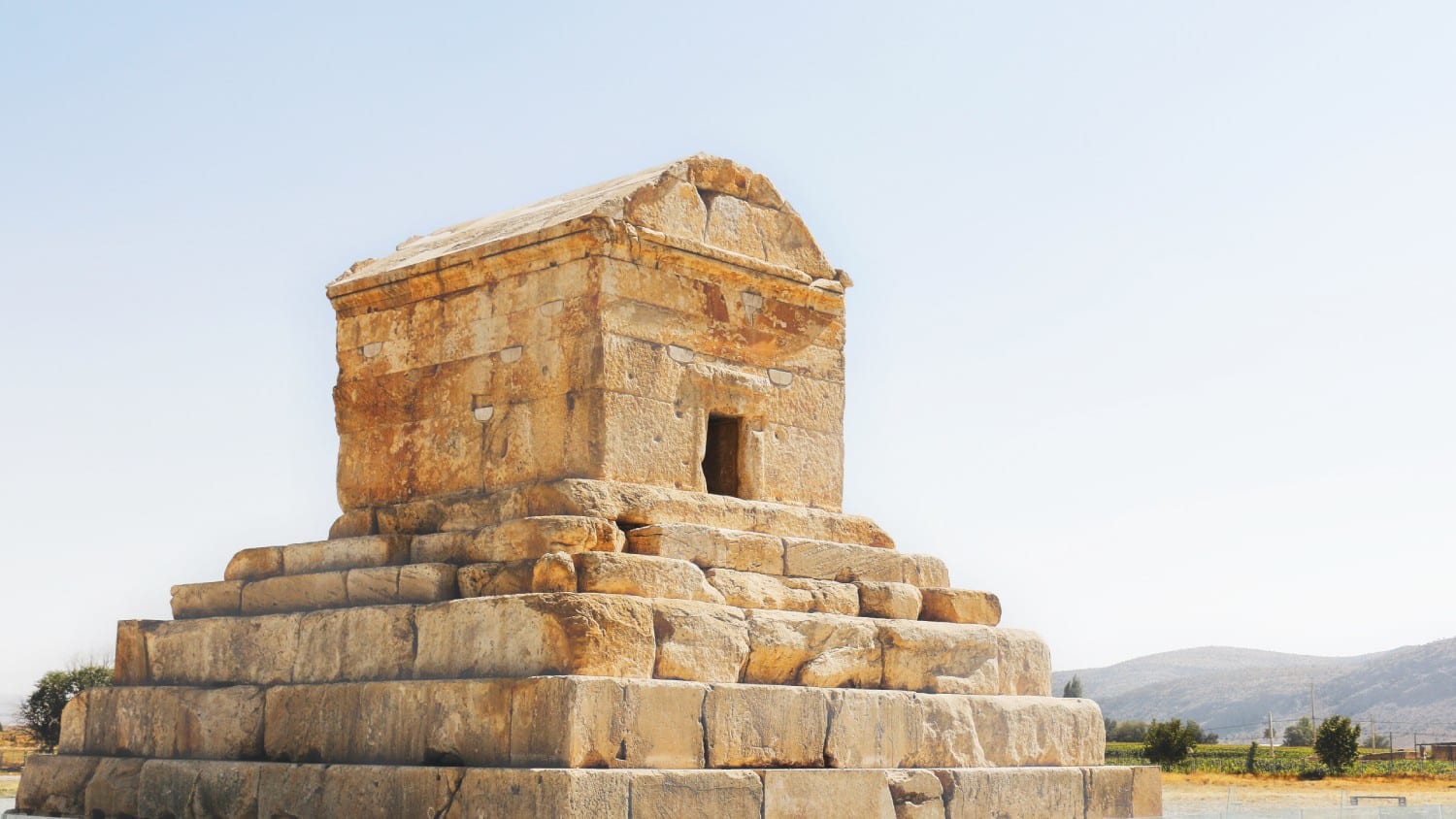
A historic site from the Achaemenid era, Pasargadae is one of the most remarkable historical sites in Iran, just 30 kilometres from Shiraz.
This complex includes buildings such as the Tomb of Cyrus the Great, the Mosque of Pasargadae, the Pasargadae Royal Garden, the Bridge, the Private Palace, two pavilions, water features of the royal garden, the Tomb of Cambysis, defensive structures of Takht, Mozaffari Caravanserai, the sacred precinct and Bolaghi Gorge spanning over 125,000 square meters.
This terrace sits atop a cliff facing Mount Mahd to the east and is situated within the Marvdasht plain to the north, south, and west. In terms of length, Persepolis is comparable to the Acropolis in Athens, but in terms of width, it is four to five times as large.
Around 500 BCE, King Darius I ordered construction of Persepolis to begin. Later kings added to what Darius started.
3. Hafezieh

Hafezieh, also known as the Tomb of Hafez, sits north of Shiraz city and south of the Quran Gateway in one of Shiraz’s cemeteries called “Khak-e Mosalla.” This place is where lovers of Hafez congregate.
The site covers about two hectares, with halls separated by a chamber. The Hafezieh hall dates back to the Zand era, spanning 56 meters long and 8 meters wide with 20 stone columns, each 5 meters tall.
Aside from Hafez’s tomb, the surrounding area overflows with tall trees and gardens, adding to the appeal. Over the years, this structure has undergone extensions and repeated renovations.
4. Saadieh
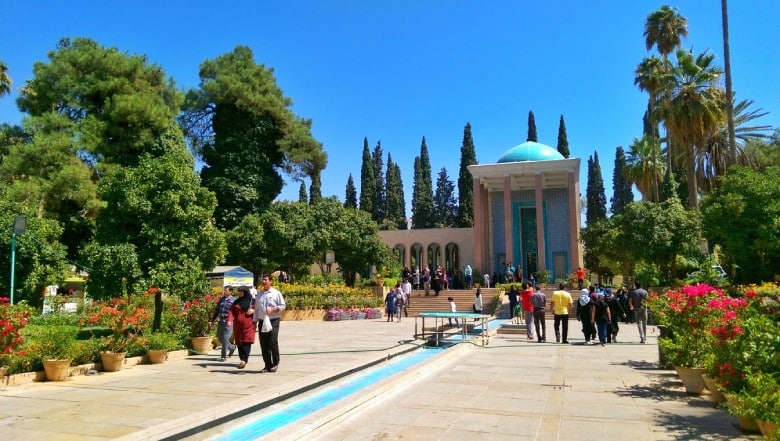
The Tomb of Saadi stands as another of Shiraz’s historical and literary attractions. The resting place of this precious poet lies at the end of Boustan Street near Delgosha Garden. According to their wills, other notables chose to be buried in the area surrounding the tomb.
This mausoleum was registered as National Heritage Site in Iran on November 11th, 1974. Initially, it functioned as Saadi’s Khanqah, where he spent the final years of his life.
Karim Khan Zand ordered the construction of a building over Saadi’s grave. After some time, a structure was built over the tomb undergoing various renovations. The current building dates back to 1951, spanning 258 square meters.
5. The Quran Gate
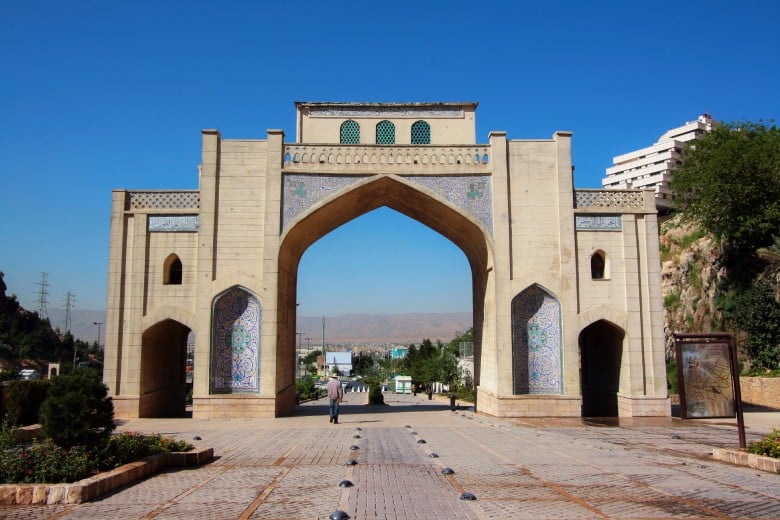
The Quran Gate of Shiraz (or Shiraz Gate) represents another top historical attraction that nearly everyone recognizes. Located in the northeast part of Shiraz between the Chehel Maqam and Baba Koohi Mountains, it actually serves as the exit from Shiraz towards Marvdasht.
Several other famous Shiraz sights stand near the Quran Gateway, like the Tomb of Khaju Kermani, Jahan Nama Garden, and Hafezieh. Originally built during the reign of ‘Adud ad-Dawla, a Quran was placed on top of it so travelers exiting the city passed under the Quran for protection.
Karim Khan Zand renovated the gate, placing two 17-chapter Qurans above the chamber he constructed, known today as the ” Hifdah-Man”. During the first Pahlavi era, Reza Shah demolished the old Quran Gate building a new one slightly off from the original site in 1949, which stands larger than before.
6. The Qavam Orange Garden
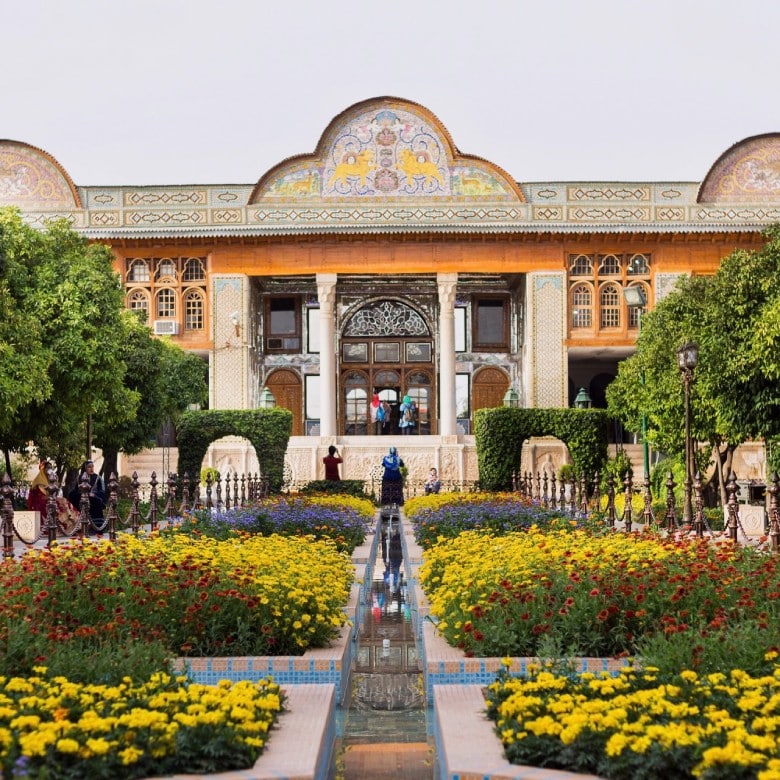
Better known simply as “Qavam Garden,” the Qavam Orange Garden began construction under the order of Ali Mohammad Khan Qavam al-Molk II during Nasser al-Din Shah‘s reign. Spanning 3,500 square meters, the structure covers about 940 square meters.
The southern side holds the entrance connected by two symmetrical hallways leading towards the courtyard. Servants once lived in the southern section while the northern part, with one basement and two floors above, hosted the owners in addition to administrative affairs and guest receptions.
Notable features include the Hall of Mirrors with marble columns, the Royal Hall, and a few other chambers decorated intricately with mirrorwork, stained glass, stucco carvings, stone carvings, plasterwork, and muqarnas vaulting.
In 1956, the Orange Garden was gifted to Shiraz University, where it now operates as a museum. The Qavam Orange Garden sits at the eastern end of Lotf Ali Khan Zand Street.
7. The Eram Garden
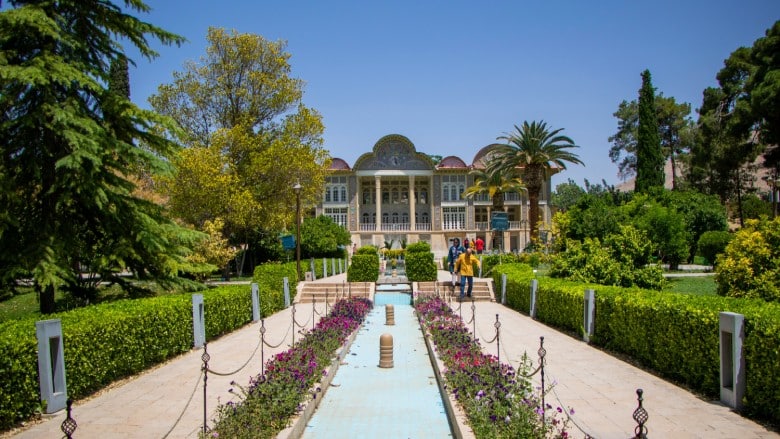
Eram Garden ranks among Shiraz’s most ancient and stunning gardens, attracting tourists annually to view its historic elegance enveloped in lush greenery. No confirmed records exist of exactly when or by whom this garden was built, but Persian travelogues and books from the 10th and 11th centuries note the Eram Garden.
During his reign, Karim Khan Zand also ordered the garden’s renovation and reconstruction. The Qashqai people owned Eram Garden for 75 years during the Qajar epoch, building one structure while the Qavam family later erected another extant edifice.
These days, Shiraz University administers Eram Garden, planting diverse floral varietals from around the world and turning it into a botanical exhibition garden. In July of 2011, Eram Garden joined eight other Persian gardens on UNESCO’s World Heritage List.
8. Arg-e Karim Khan
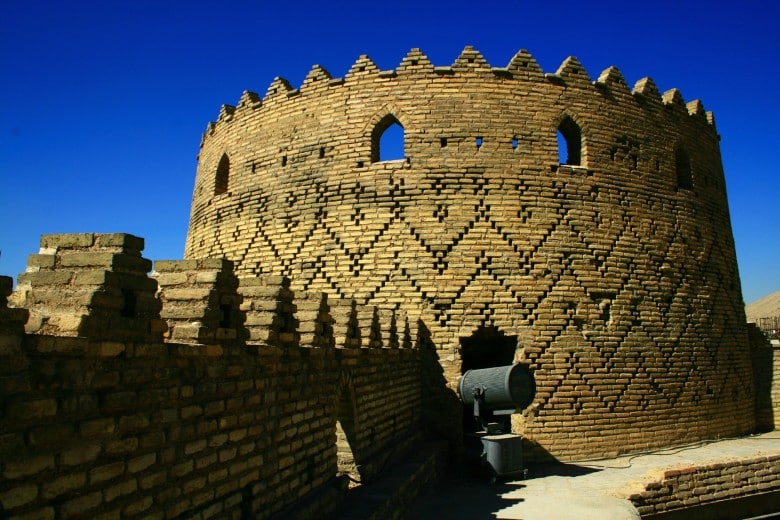
The Arg-e Karim Khan citadel in downtown Shiraz stands as a prominent Zand dynasty relic. Upon declaring Shiraz his capital, Karim Khan Zand chose this fortress as his residence, leading to its fame as the Karim Khani Arg.
Construction lasted from 1787 to 1788, led by the leading architects and artisans working with prime materials. During the Qajar era, it housed regional governors, but Pahlavi rulers converted it into a prison, damaging the integrity of the citadel.
Today, the Arg-e Karim Khan undergoes reconstruction to house the grand Fars Museum.
9. Vakil Bathhouse
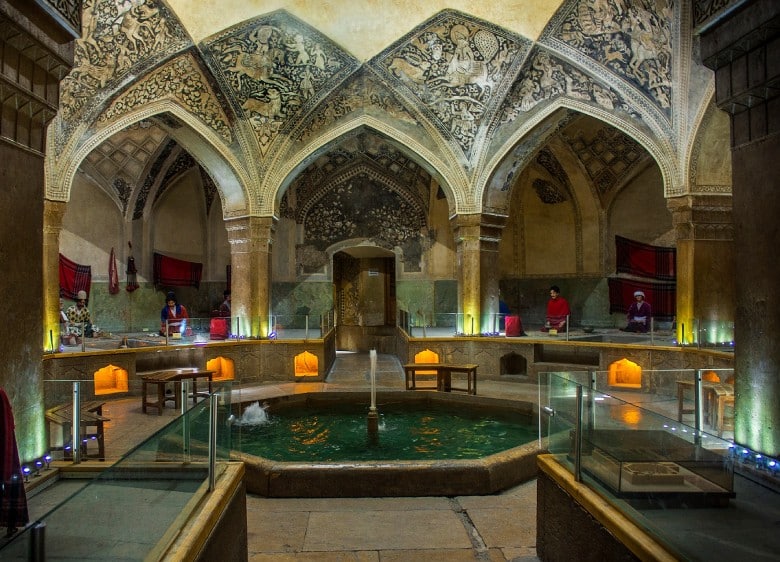
The Vakil Bathhouse represents another Karim Khan Zand-era gem gracing Shiraz’s Top 10 attractions list. Located downtown near the Vakil Bazaar and Vakil Mosque, its construction utilized the most advanced architectural principles available at that time.
The bathhouse contains a Shah Neshin section reserved for royal use. Its narrow entrance leads gently downward into the entering vestibule set below street level, while the dressing room entrance also turns at an angle to retain heat and block cold air penetration.
10. Vakil Bazaar
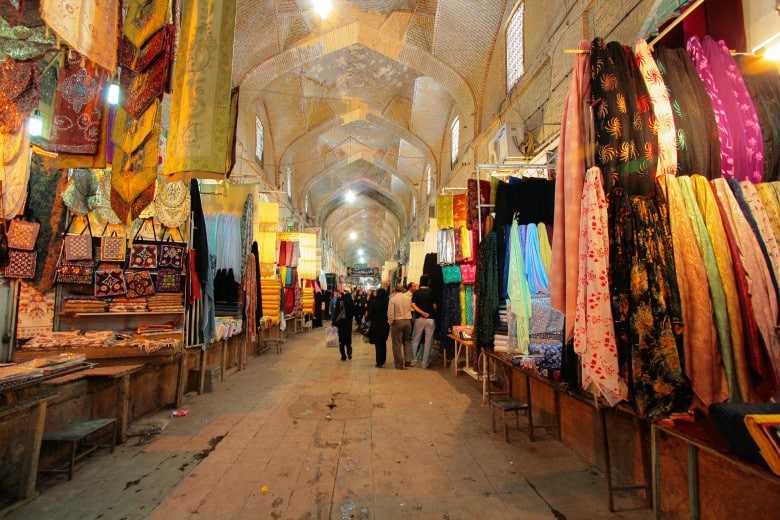
Commissioned by Karim Khan Zand, the centuries-old Vakil Bazaar stands today among Iran’s best-known and most distinguished traditional markets found downtown. It maintains its complete original integrity as an active trading center considered the still-beating heart of Shiraz commerce.
Like most classic bazaars, various sections are named corresponding to the particular goods offered there. Built from gypsum, brick, and lime and set upon carved stone foundations, the Vakil Bazaar achieved National Heritage status in 1975 under number 924.
BOOK ONLINE
Shiraz Hotels
Final Words
Shiraz has many special places from its long history, culture, and nature. Some top sites to visit include Persepolis, the tombs of famous poets like Hafez and Saadi, Eram Garden, and historic buildings like Arg-e Karim Khan castle.
No matter your interests, you’ll find something enjoyable in Shiraz. Visiting the city’s famous places helps you better understand Persian heritage.
Frequently Asked Questions About Shiraz Attractions
Where Is Eram Garden in Shiraz?
Eram Garden is in north Shiraz between Shah Cheragh Shrine and Quran Gateway. The address is Eram St., Shiraz. Take a bus or taxi there.
What Is Persepolis and Where Is It Located?
Persepolis was the capital of the Achaemenid Empire from the 6th to 4th century BCE, located 55 km from Shiraz, Iran. Ruins of columns and staircases can still be seen today.
Why Is Shiraz Important Culturally in Iran?
Shiraz has a long, rich history as capital under different dynasties. Linked to famous Persian poets, whose tombs visitors come to see. Also has many well-preserved historical sites that showcase Iran’s cultural heritage.
What Is the Location of Saadi’s and Hafez’s Tombs?
Hafez’s tomb is located in Khaneh-e Hafiz in Shiraz. Saadi’s is also in Shiraz near Delgosha Garden on Bostan Street. Both are well-liked by literature enthusiasts.


